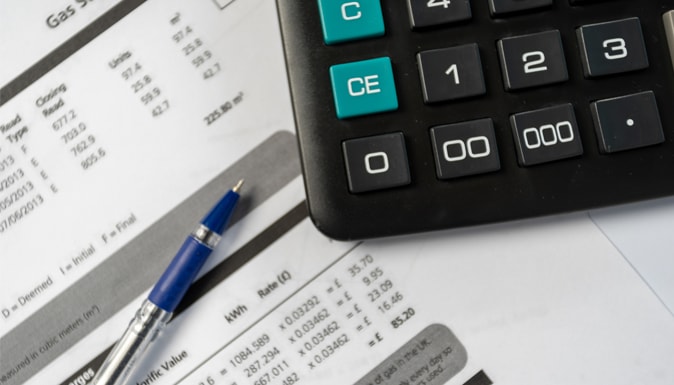Switching to solar energy comes with several environmental benefits and money-saving benefits as well. The government offers a solar Investment Tax Credit to reduce what you owe in federal income tax. How does the solar tax credit rollover process work so you can take full advantage of the savings this year?
Discover the answer in this helpful guide from Navigate Power, your go-to source for comprehensive energy services.
The Basics of the Solar Investment Tax Credit
Are you interested in putting solar panels on your property? Doing so will reduce your dependence on non-renewable energy and provide you with a tax incentive. Below is a breakdown of the key components of the solar tax credit.
It Reduces What You Owe in Taxes
Investing in a solar panel system isn’t cheap, but it can help reduce your tax burden in a given year. Legislation states that you can receive a tax credit equal to 30% of your solar installation costs and use a rollover solar tax credit when applicable. What does this mean for you?
Say you spend $40,000 putting solar panels on your home’s roof. The government credits you with 30% of that cost ($12,000) to offset what you owe in federal income tax. If you owe $5,000 in taxes the first year after installing the panels, you can put the tax credit toward that amount and have a remaining $7,000 to roll over for continuing solar tax credit benefits.
Credit Amounts Will Change in the Future
Current legislation sets the federal solar tax credit at 30% of installation costs. This figure only applies to solar panel installation projects through 2032. Come 2033, tax credits will equal 26% of the project’s total cost, while the eligible credit will drop to 22% in 2034.
Unless Congress extends this incentive, it will end on December 31, 2034. If you wait until 2035 or later to install solar panels, you may not be eligible for tax credits.
You Can Claim It After Every Solar Installation Project
If you exhaust all of your credits in a given year, future solar tax credit rollovers are only possible if you install new panels. This could mean replacing your old panels down the road or adding a solar energy setup to a secondary residence or investment property you own. For every solar installation project to your name, you can use a solar tax credit renewal.
Understanding a Tax Credit Carryover for Solar Panel Projects
The rules regarding solar investment tax credit rollovers may seem complex. However, we’re here to break down everything you should know about a solar tax credit rollover and how you can claim your credits.
You Must Claim Credits in the Same Year Your Solar Installation Ends
Your solar panel provider will give you all the information you need to claim your federal tax credit. This involves letting the Internal Revenue Service know that you have qualified solar electric property costs when you file your tax return. You have to claim the credits in the same year you finish the installation, though this doesn’t mean you must exhaust all of them that same year.
Solar Tax Credit Extensions Replace Payouts
Say you claim your federal tax credit but don’t owe any money in taxes or have a partial amount of credit remaining after paying taxes. The government won’t pay you the remaining credit in cash but instead lets you keep it in your name so you can use that amount in upcoming tax years.
Instances That Prevent You From Getting Solar Tax Credits
You don’t have to worry about a solar tax credit rollover if you’re not eligible to receive the credit in the first place. This applies to anyone who leases solar panels rather than purchasing them for a property long-term. You should consider the cost of leasing panels and compare it with the tax incentive you’re missing out on to find the best option for you.
You also won’t receive credit if you install solar panels after the bill expires. Tax credits will be available until 2034 unless Congress decides to renew the incentive. Take advantage of the current bill to get 30% of solar installation costs back in a federal tax credit before the amount decreases and the bill eventually expires. For assistance in navigating these incentives, contact us at Navigate Power
Take Charge of Your Energy System With Navigate Power
With a federal solar tax credit rollover, get the most out of your solar panel investment. If you still need solar panels but want to make your home or business more energy-efficient, trust the team at Navigate Power to provide cost-effective solutions. We’ll provide insights and resources that change the way you consume energy and power your life.
For more information about our services, contact Navigate Power today at 1-800-541-1137. Discover more now.



